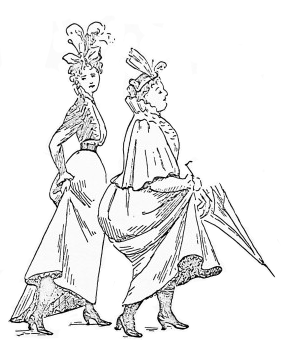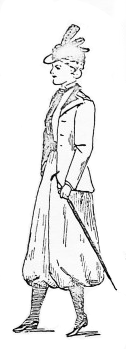Architecture
Customary
Reformed Le Corbusier and others
(But note that the blacks and whites are very assertive. The modernists could not see that white walls are also a form of decoration, that architecture — as also dress — is always also the production of surfaces.)
Clothing
Dress reformer thinks:
Decoration = Fashion
= Superficiality and women
Part of a larger logic:
Rationalism (the civilising tendency) = Male
Must overcome
the primitive and
superficial
Indeed in its more extreme forms, colour and print become associated not only with a kind of non-civilised and irrational world, as illustrated in na´ve or primitivist art assumed to be analogous with the pre-modern, but also with the dangerous, the uncontrolled, the images of the drugged and the bestial. Women are seen as the conservative force retaining a less civilised and superficial fascination with colour and the decorative.
An opposition
Decorative
vs
Functional
Rationalism applied to aesthetic form
White = purity, the hygenic, the pristine


